We continue with our look back at the founding of the modern pipe band competition system on the island of Ireland.
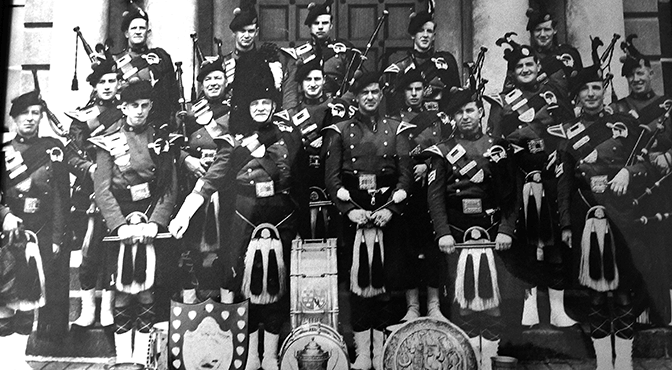
After the SPBA was formed in 1930 the North of Ireland Bands Association (NIBA) began to engage experienced piping and drumming adjudicators from its top bands having previously used experienced Army pipe majors in this role.
It is my opinion that the merits of the SPBA, and its way of grading and organising pipe bands, particularly through summertime competitions, will have been promoted by these individuals, men such as Pipe Major Tom McAllister of the Shotts & Dykehead band who was originally from the Carrickfergus area of Northern Ireland.
In the last three years of the 1930s the few local NIBA contests were actually featuring three grades, namely Senior, Intermediate and Junior, and in the 1940s the Junior Grade was then divided into Junior 1st and 2nd. When NI Branch bands first competed at Cowal our Senior Grade bands were given Grade 3 status therefore the others would theoretically correspond to Grades 4, 5 and 6.
There is no evidence of bands from Northern Ireland ever competing at the Cowal Gathering prior to the early 1950s however many piping enthusiasts are likely to have travelled over to the games.
During the late 1930s there is evidence of disaffection amongst the pipe bands with their position within the NIBA given their growing strength. They had only one representative on the NIBA Executive which they felt was loaded toward the requirements of the other bands.
However organisationally things began to change for them. In 1939 they formed the NI Pipe Band League whose progress was halted by WW2. Separate accordion, brass and flute groups had already existed which enabled them to organise their own competitions under NIBA rules.
In the Republic of Ireland bands such as Fintan Lalor [pictured top] and St Laurence O’Toole were some of the first from outside Scotland to compete at the Cowal Championships and they did so regularly.
The October 1935, ‘Piping and Dancing’ magazine recorded that Fintan Lalor, or the ‘Fints’ as they were known, had become members of the SPBA. They had competed at the Cowal Games in 1934 when they created something of a sensation by coming second in the World Open Drumming Championships, just one and a half points behind the winners.
In 1937 they won the Contest No. 3 Drumming Prize and followed that up in 1938 by winning the General Drumming prize. In 1939 they won the World Championships Drumming prize under the leadership of their legendary drummer Paddy Donovan to become the first pipe band from outside Scotland to lift a Grade 1 prize at a major competition.
In 1945, when World War 2 ended, the NI Pipe Band League was reformed and four years later, on Saturday 30th April 1949, the President of the Scottish Pipe Band Association, Mr. William McLean, Secretary Mr RC Whitelaw and Treasurer Mr William McKay visited Northern Ireland with the purpose of inaugurating the NI Pipe Band League as the SPBA Northern Ireland Branch, the first such Branch outside of Scotland.
This had come about after officials David Nelson (President) and Eddie McVeigh (Chairman – see below) had contacted the SPBA with a view to the ‘NI Pipe Band League’ becoming affiliates, the prime motivation of which was to improve the standards of the Northern Ireland bands and principally to get access to the SPBA Pipe Band College.
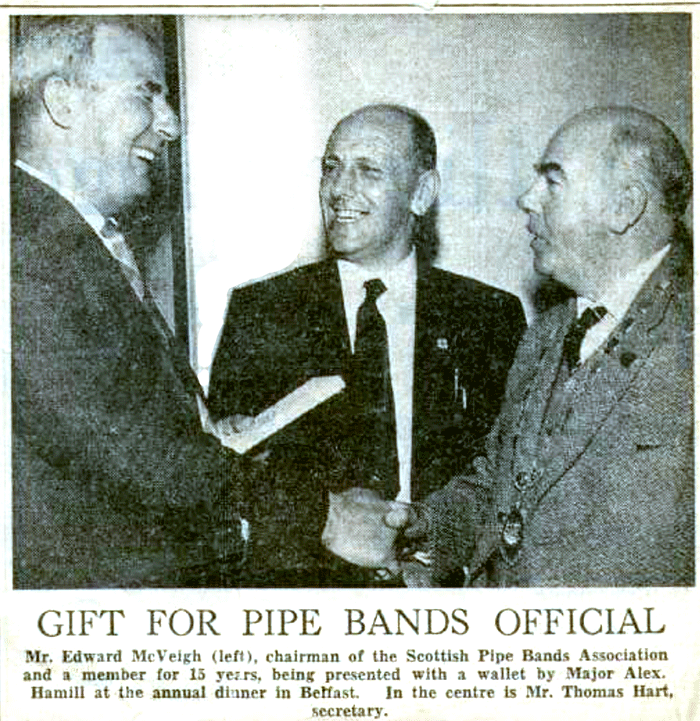
The Pipe Band College was put into place immediately in NI with visiting tutors conducting well attended classes and running examinations with a high success rate in both piping and drumming.
Some 18 months later, on Saturday 28th October 1950, a majority [10] out of the total member bands present at a NI Pipe Band League meeting voted to break away completely and become the SPBA NI Branch.
It came into existence in January 1951 when a deputation of senior officials from the SPBA parent body comprising General Secretary Donald McIntosh and National Council member John McLean came over to lend their support and encouragement.

It should be noted that not all of the NI Pipe Band League bands joined the newly formed SPBA NI Branch resulting in two organisations running pipe band competitions for a further six years.
Each year thereafter the number of Highland pipe bands leaving the NIBA for the SPBA increased and then in 1957 the end of a 46-year involvement with pipe bands came when two Brian Boru bands competed at that year’s Championship of Ireland contest. When this happened the SPBA created a Brian Boru section for these bands.
* To be concluded. Read part 1 here.











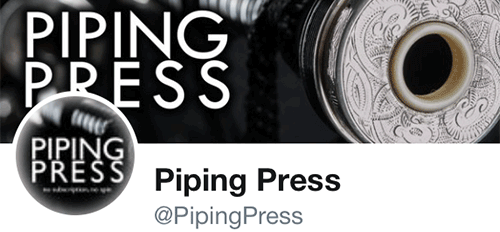
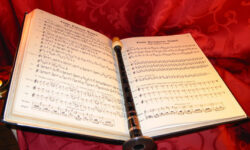
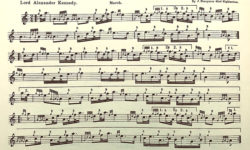





This blog is really informative and has helped me a lot to improve my knowledge. The article has great information about Pipe Band Association. thank you so much!!